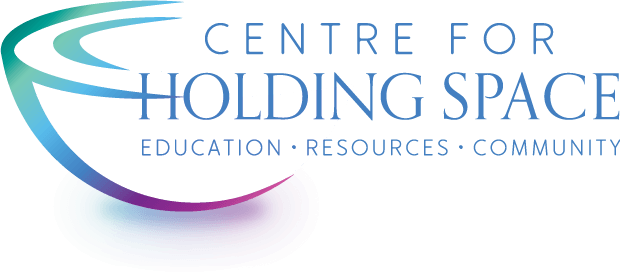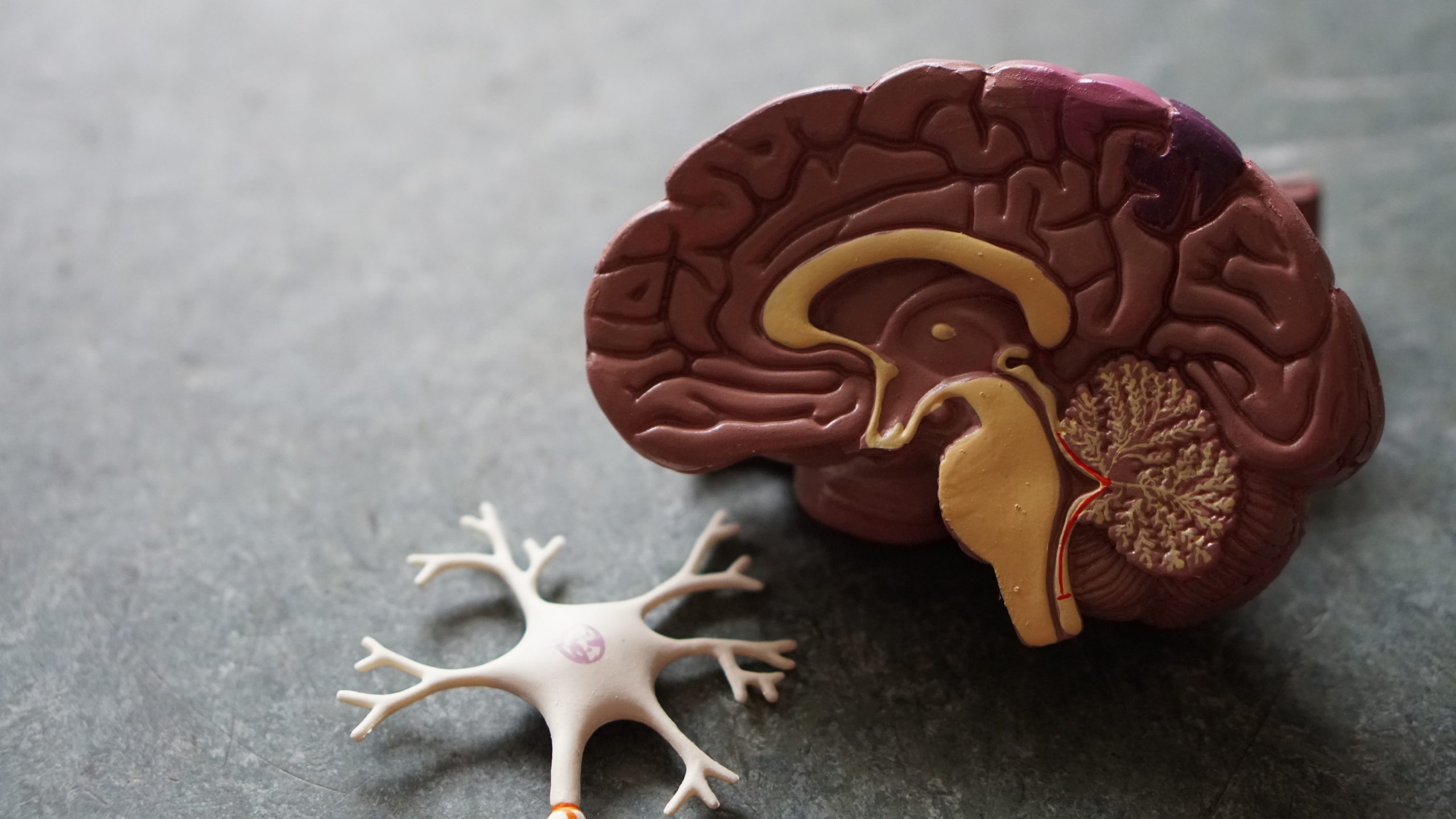Jill Bolte Taylor suffered a stroke that wiped out the capacity of her left brain. As a Harvard trained neuroanatomist, she had unique insight into what was happening in her brain and was fascinated to discover that when she had only right brain capacity, she felt surprisingly blissful and connected to the universe. She lacked language capacity and had to work to regain her memory and academic knowledge, but she was content and at peace in a way that she’d never been before.
She shares that story in her first book and TED talk, and in her second book, Whole Brain Living, she goes into greater detail about how our brains have four distinct parts and how each of those parts is a distinct character that, together, make us unique and complex individuals.
What I found to be especially fascinating in her book is that there are two distinct parts of the amygdala – the right and the left – and that they serve quite different functions. Much of the literature about trauma and stress that I’ve spent a lot of time reading in recent years treats the amygdala as a single thing with a distinct function (i.e. where our fight/flight/freeze response resides), but this tells quite a different story that I think is informative to the work of holding space. Taylor refers to the two parts of the amygdala as the “emotional brain” and the two parts of the rest of the brain (hippocampus, etc.) as the “thinking brain”.
Here is a simplified overview of the four characters of the brain, according to Jill Bolte Taylor:
Character 1 – Left Thinking: This is the rational part of your brain where language resides. It is analytical, judgmental, punctual, and focused on details. It values structure, order and precision, it focuses on differences, thinks linearly, and does well with right and wrong and black and white. It is primarily ME focused.
Character 2 – Left Emotional: This is the cautious and fear-based part of your emotional brain. It is constricted and rigid and has a strong sense of right and wrong, good and bad. It is where we store emotions from our past, so when it is activated, it’s quite reactive (i.e. fight/flight/freeze/fawn). It can be righteous, bullying, critical, and manipulative and it loves conditionally.
Character 3 – Right Emotional: This is the open, expansive, risk-taking part of your emotional brain. It is not connected to the emotions of the past, so it lives much more in-the-moment. It is fearless, friendly, supportive, and creative. It loves unconditionally, trusts, supports, shares, and goes with the flow. It is connected to the collective and believes in equality.
Character 4 – Right Thinking: This is a nonverbal part of your brain that thinks in pictures and experientially. It is present moment-based and is kinesthetic (body-connected). It looks holistically at the big picture, is compassionate, and gets lost in the flow of time. It is flexible and resilient, open to possibilities and to flow, and it seeks similarities. It is primarily WE focused.
As you can see, we all have capacity to be every kind of character and, depending on which part of our brain is engaged at any given time, we can behave very differently in different circumstances. None of us ever exists wholly in only one part of our brain but, depending on our personality, social conditioning, trauma, etc., we all have a part that’s more dominant. (This is similar to Richard Schwartz’s teaching on Internal Family Systems.)
In her book, Taylor gives helpful advice on how to do a Brain Huddle, where we access all parts of our brains in order to live more balanced, peaceful, connected, and whole-brained lives. (I won’t go into detail about that here but encourage you to read the book.)
A few thoughts have emerged since I read the book which tie Taylor’s work to mine.
- Learning to do the Brain Huddle is another way of holding space for yourself. When you learn to check in with all parts of yourself and don’t send any part into exile, then you can access all of your wisdom and capacity and can love yourself more wholly. You can listen to the voices of trauma, for example, but not get overwhelmed by it because other parts of your brain have the capacity to witness the trigger differently than your Left Emotional part does.
- Learning to access all parts of your brain deepens your capacity to hold space. When, for example, you can witness the way that each of your own parts responds to the person and situation you’re holding space for, you’re better able to bear witness, offer compassion, serve as an ally, and hold space without judgement or the need for control. You’ll also deepen your empathy because you’ll be able to see that the person you’re holding space for may very well be acting in a certain way because a certain part of their brain is particularly engaged.
The more we know about ourselves, the more we understand the way our own emotional responses, thoughts, and behaviour are rooted in the way our brains and bodies are wired, the better we become at holding space and at honouring mutual sovereignty in our relationships.
****
Learn more about holding space in our Holding Space Foundation Program.

